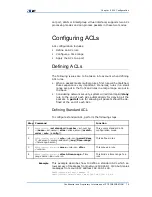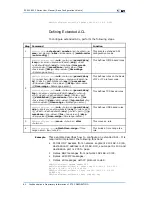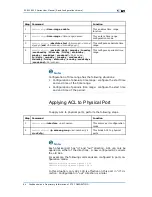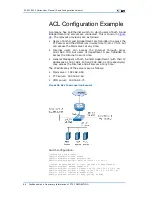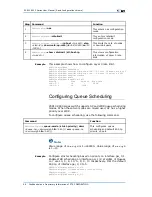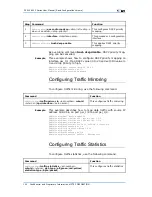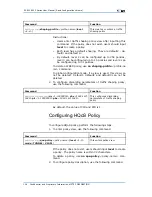
C h a p t e r
10
QoS Configuration
Table of Contents
QoS Overview ...................................................................91
Configuring QoS ................................................................96
Configuring HQoS ............................................................ 103
QoS Configuration Examples ............................................. 109
QoS Maintenance and Diagnosis ........................................ 111
QoS Overview
Traditional network provides services at its best effort and all pack-
ets are treated in the same way. Network equipment sends mes-
sages to the destination in the principle of “first in first service”
but does not guarantee transfer reliability and transfer delay of
messages.
With the continuous emergence of new applications a new require-
ment for network service quality is raised because traditional net-
work at the best effort cannot satisfy the requirement for appli-
cations. For example, user cannot use VoIP service and real-time
image transmission normally if packet transfer delay is too long.
To solve this problem, provide system with capability of supporting
QoS.
Functions
When QoS is configured, it selects specific network traffic prioritiz-
ing it according to its relative importance and use. Implementing
QoS in the network makes network performance more predictable
and bandwidth utilization more effective. QoS provides the follow-
ing functions:
�
Traffic classification
�
Traffic policing
�
Traffic shaping
�
Queue scheduling and default 802.1p
�
Redirection and policy routing
�
Priority marking
�
Traffic mirroring
�
Traffic statistics
Confidential and Proprietary Information of ZTE CORPORATION
91



